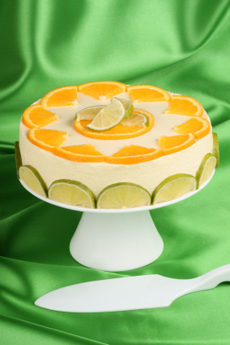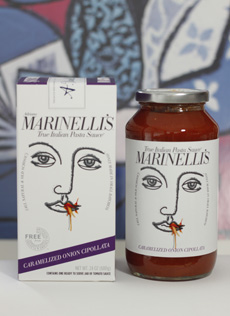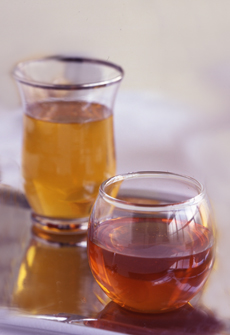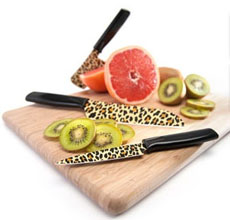|
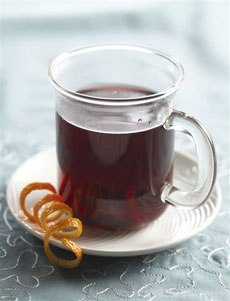
You can serve mulled wine in a mug, brandy snifter, wine glass or other vessel of choice. Photo courtesy Spice Islands.
|
|
Mulled wine, a traditional winter drink in northern Europe, is hearty red wine that’s warmed, sweetened and spiced.
It’s a popular holiday drink. The word mulled means heated, sweetened and spiced. The expression “cup of good cheer” that comes to us from Merrie Olde England refers to hot mulled cider and wine.
Glögg is the Swedish form of mulled wine, Glühwein is the German variation, vin fieri (“boiled wine”) is Romanian, and so forth. Hot buttered rum (also called rum toddy), the Colonial favorite, uses similar spices and brown sugar (both rum and sugar came from the Caribbean).
Different countries use different spices (cloves and black pepper versus cinnamon and star anise, e.g.) and sweeteners (sugar, brown sugar, honey, molasses). But the end result is the same: fragrant, warm, sweet and comforting.
While delicious and festive, recipes originated not as party fare but as a way to save wine that had turned (throw in enough sugar and spice and anything tastes good). Ale was/is also mulled.
|
You can buy pouches of pre-mixed mulling spices, but it’s just as easy to pull out the cinnamon sticks, measure out a little allspice, mix in some dried orange peel and drop in a few whole cloves.
You can cook up the ingredients and keep them in the fridge, reheating when friends and family stop by.
Check out our article on mulled wine, cider and glogg and enjoy a cup of good cheer.
Tomorrow: how to make a wassail bowl.
|

